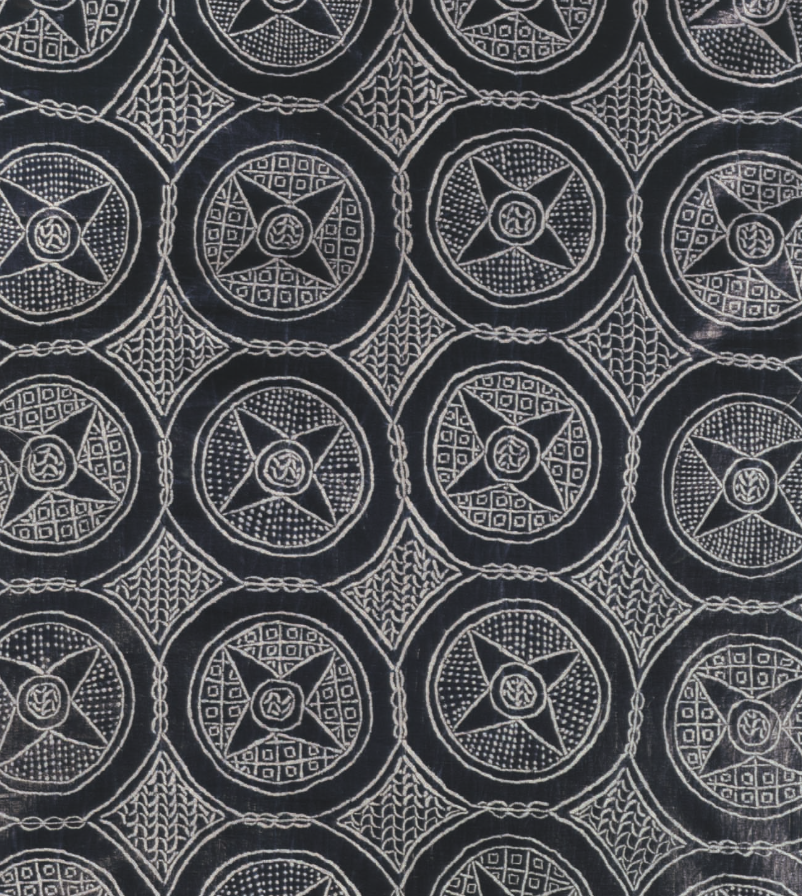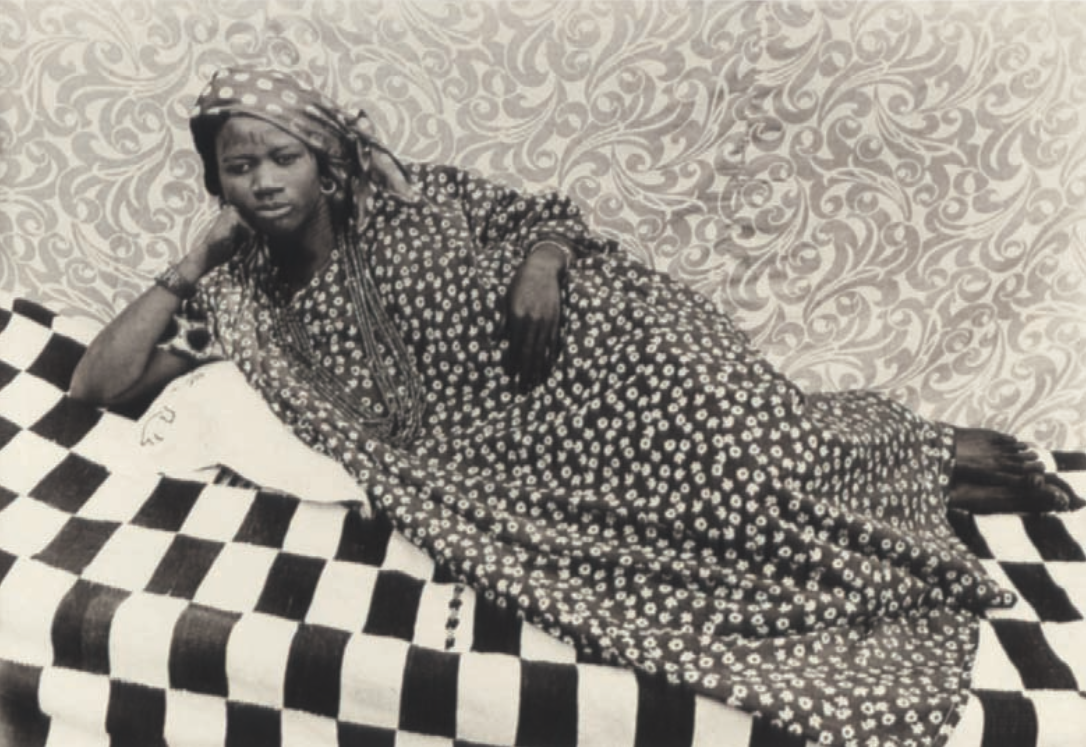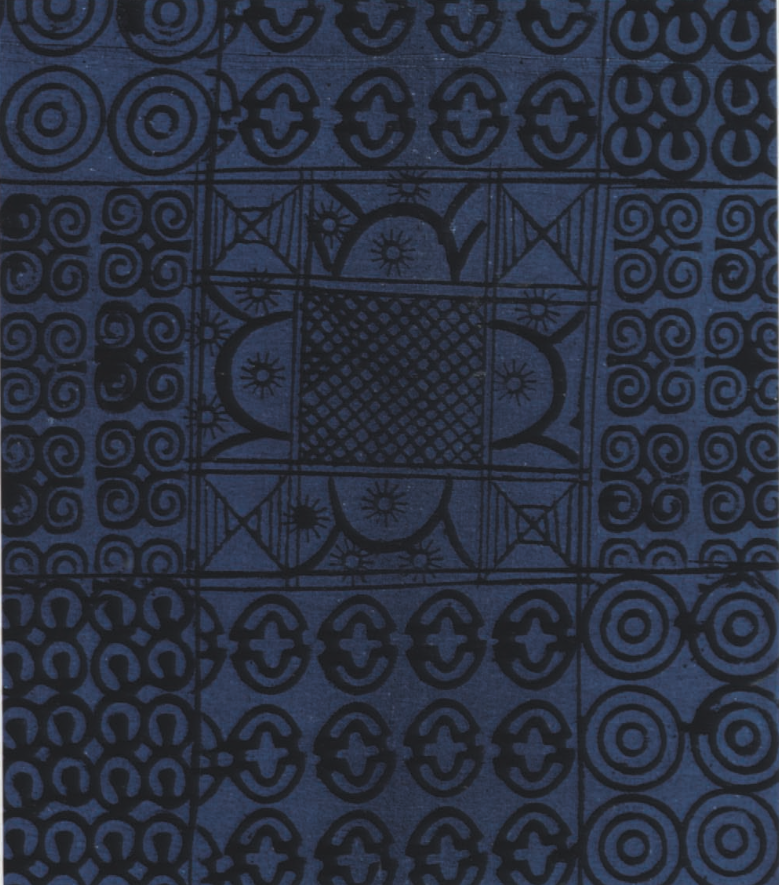Textile Heritage: West Africa
9:00 AM
I was surfing the Internet the other day when I suddenly came across the MET Museum online publications' page, which immediately turned me into the happiest girl alive. All the fashion, art and design books and publications you could imagine, from one of the most important museums in the world, just at one click? Sign me in!
Then, doing some of my particular research, and in addition of finding some of the most precious and beautiful haute couture and vintage books to download, I found out a catalogue about and exhibition held at the museum not very long ago, about the african textile tradition and their designs (The Essential Art of African Textiles: Design Without End. LaGamma, Alisa, and Christine Giuntini). That made me think about the previous Textile Heritage post I wrote about a pair of months ago, and I thought it could be a great idea to use the catalogue as a main resource and support to write another post about the topic!
The production of textiles is a vital creative activity and serves a great demand across West Africa. Textiles also serve as an artistic way to draw attention to innovation in this field on this country. The African textile tradition weren’t oblivious to merchants and new metropolitan companies starting at seventeenth century, continually shifting fashion trends, specially with Europe. During these years, woven and printed cotton from India were some of the most demanded fabrics by West Africans. Apart from the most known colorful and geometric waxed african fabrics, there's also a huge tradition in hand-wovens and printed wovens and cotton cloths. It's also important to know that some of these textiles have a great importance in ceremonies and different religious rituals, such as Nupe and Hause robes of honor, among others.
“Graphic definition and impressive scale are critical elements of the experience of African textiles, and so is flowing movement. Employed as backdrops, spatial dividers, or voluminous garments that are draped, layered, or wrapped around the body, textiles are not rigidly two-dimensional but rather shaped by light and shadow, movement, wind, and the human form.” (The Essential Art of African Textiles: Design Without End. Exhibition catalogue)

Portrait of anonymous woman or "Olympia"

Man's protective tunic. Cotton. Leather, paper, pigment. Nigeria

Adinkra ceremonial wrapper. Cotton, indigo dye, pigment. Ghana

(All pictures were taken from The Essential Art of African Textiles: Design Without End catalogue, available to download at the MET publication's website)

![About [span]me[/span]](https://farm5.staticflickr.com/4335/35565816704_416c791419_o.jpg)



0 comentarios